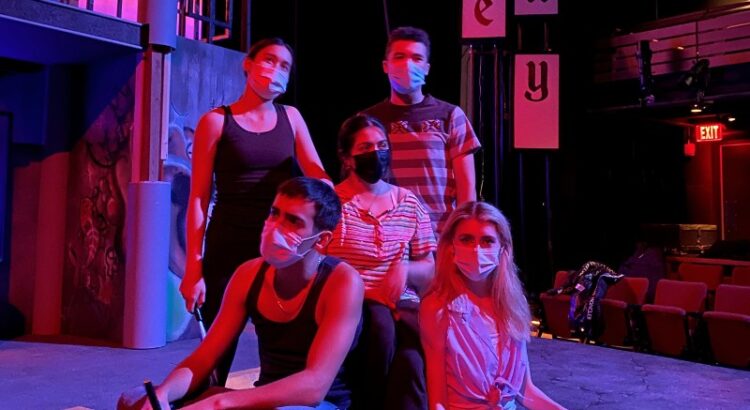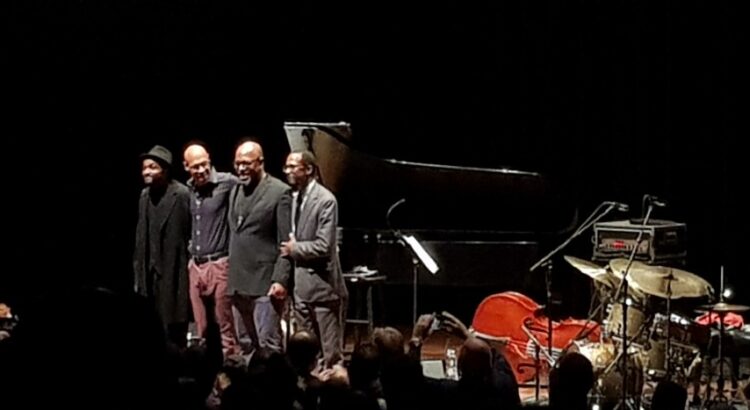# Warning! Spoilers!
Welcome to the review of a performance that I think I will remember for the longest time. Was it the best play ever? I liked it, but I have yet many to come that I haven’t seen yet, so it’s hard to say – so how can I say that I will remember it the most? Because I’m pretty sure that there won’t be many plays where I’m invited to the stage!
The play started with the mimes of the actors where the construction workers were actually building a house. First, it was a steel frame that looked like more of an art exhibition than a house. Then, they started adding walls, doors, and other appliances and wow, it worked! Personally, I was impressed that they managed to make a working tab on stage – where would the water supply have come from? After the house was physically constructed, the actors started to make it a ‘home’ by acting out daily life situations on stage – showering, sleeping, and displaying different emotions. The actors had diverse ethnicity and age, and they acted out different family/friends relationships among them. After the house was mostly constructed, they moved in and out of view through all sorts of places, including the refrigerator and the closet in the wall! The stage design was so interesting to design the route of actors in such a way. There were also light and sound effects to make the construction really seem like home – my favorite was the one where they created night and day by moving a bright light source from the bottom to the top of the stage, hidden away from the audience’s view, to mimic sunlight. The light was a warm yellow-orange color just like the morning sun and it draw long shadows against the structure of the house. That shadow made the scene look so cozy and peaceful, representing the warmth of a home.
The play got more interesting when a young boy actor put on a mask and came down the stage to invite an audience to the stage. He suddenly became the host of the house and greeted every actor as they showed up with gifts to a party hosted in the house. I was wondering if he was an actor secretly in disguise as the audience because everything was so smooth, but my curiosity was solved soon after as I was invited to the stage as well! The boy showed up with a wine and asked me whether I like a party. I said yes and boom! I was wearing a Santa costume and dancing around the stage. The secret was that the actors were giving instructions to the audience on stage. More than 30 people came upstage throughout the show. I’ve never seen anything like it-it was really an innovative performance.
In all, I think the play nailed its proposal to show what a home is consisted of – physical structure, coziness, old personal items, people living and interacting in it with diverse emotions, stories, and memories. Each was explored without breaking up the flow of the performance and delivered vividly. They were emphasized in the last scene where they were gone and only a fan and ripped plastic cloths were flailing in the wind – the emptiness showed that they were what’s making a house a home. Even without the audience coming up stage, this performance was highly delightful to watch and wonder, yet coming up stage made the event more special. Don’t miss your chance if it hits Ann Arbor again. I HIGHLY recommend this performance.
P.S. This will be my last post writing as a Student Art reviewer for this blog. It was great to deliver the news and reviews about local art and performances around here. Keep your love for arts and go check out the local art scenes as much as possible! Go Blue!







